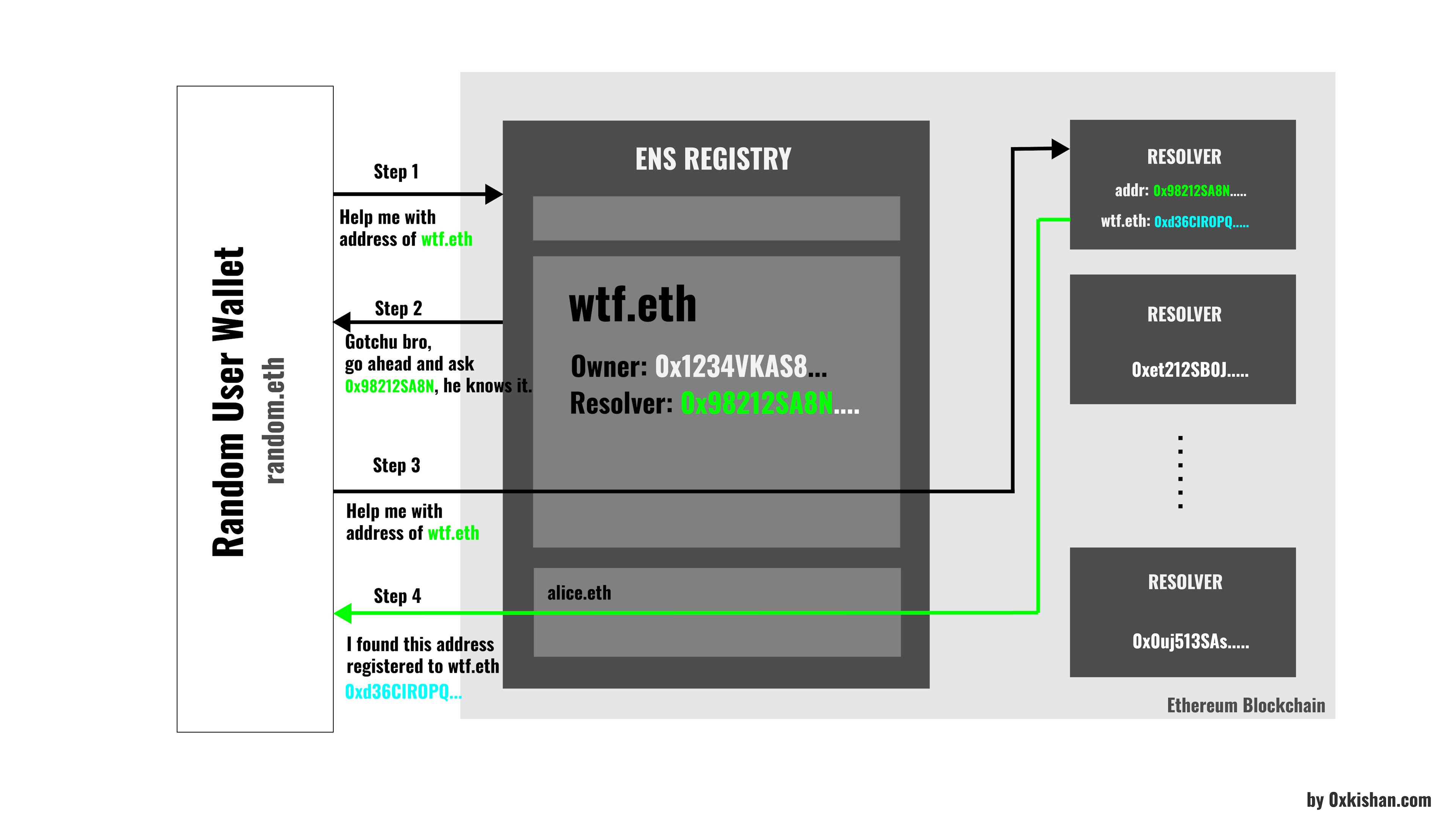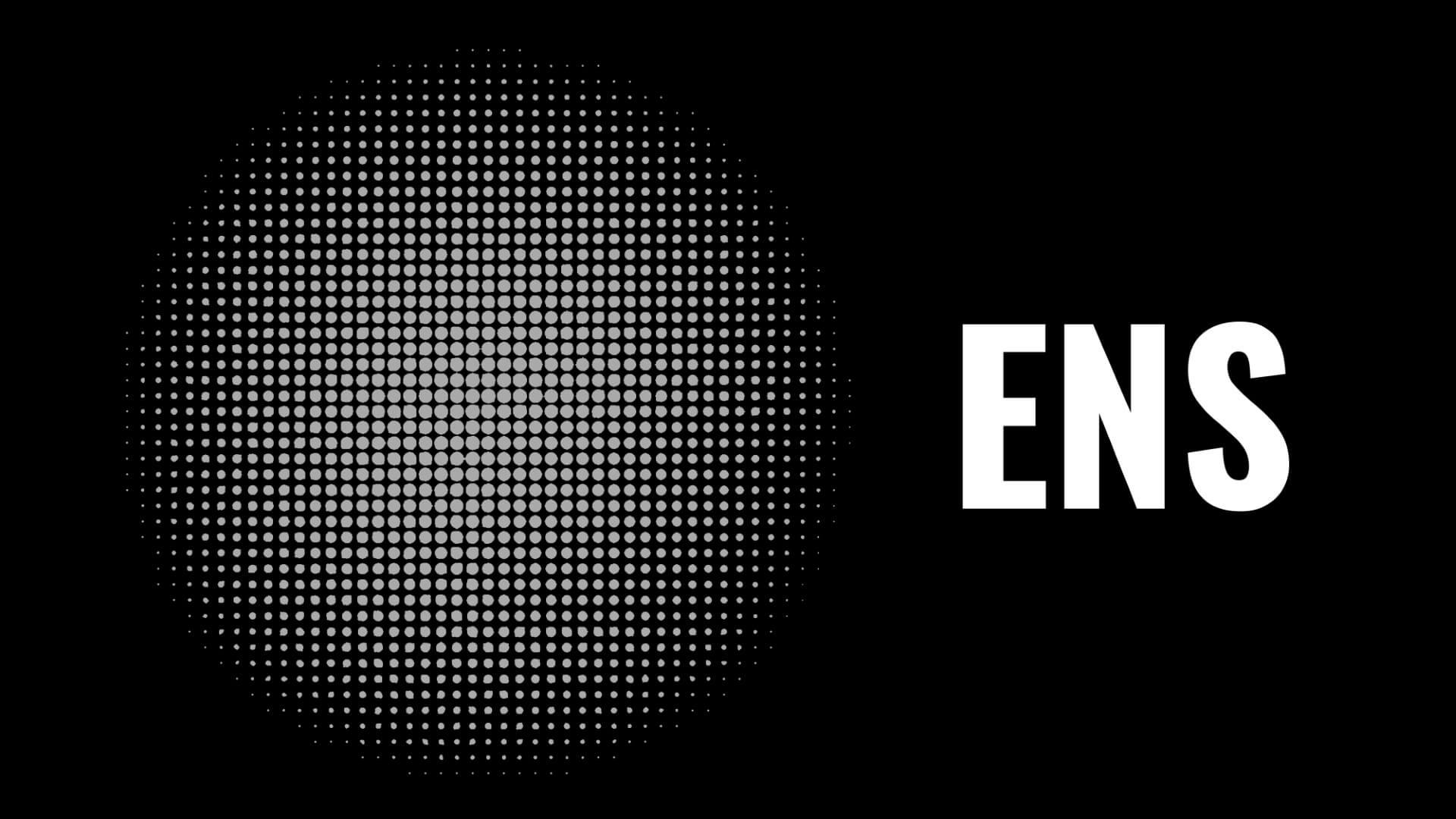There is a new trend in the blockchain community: users are grabbing their blockchain-specific domain. Some are going after the .cryptodomain, and some are going after the .sol domain. Each blockchain offers a domain followed by its native token.
E.g., You can register your domain on the Avalanche network as .avax, whereas on Solana, you can get a .soldomain minted that acts as an NFT with additional functionality.
Is there a point in this?
Well, yes, sure, there is. Users use it to resolve their long wallet addresses with something human-readable characters.
Tell me, can you remember your eth wallet address? If you are not a superhuman, you can’t, and that is where these domains derive their utility. If you are interested in knowing a little bit more about your addresses, you can read the following article.
Why do all transactions and addresses on the blockchain have the prefix 0x?
If you are new to the blockchain, you probably would have set up your Metamask and gotten your first address. If you haven't, why not we get you an address first? You can read the below article to get started.

Instead of remembering 0x1234567890ABCDEFGHIJK132MLMNOPQRSTUVWXYZ (42 characters) you can get yourself a domain such as wtf.eth that will resolve to your address so that the next time you have to share your address, all you need to tell them is wtf.eth. Well, that’s convenient.
There is one more utility; actually, people buy these domain names to sell them at a premium in the future. It is often termed as “domain speculation” or “domain flipping.”
These guys jump early and identify valuable or potentially valuable domains, such as 007.eth or jesus.eth, so that they can sell this for 10x or even 100x!
Is it similar to .com? Is there renewal fees?
In a central domain system, domain registration typically involves interacting with a domain registrar or service provider such as GoDaddy, Google Domains, etc.
Users provide their desired domain name, personal information, and payment to the registrar to complete the registration process. These registrars are responsible for verifying the availability of a requested domain name, which they can look up in their DBs. They help users maintain their domain records (CNAME, AAA, TEXT, etc.) with the central authority, such as ICANN (Internet Corporation for Assigned Names and Numbers).
But, If we talk about ENS (Ethereum Name Service), it is a decentralized domain name system built on the Ethereum blockchain. It operates through a smart contract (our decentralized registrars) stored on the Ethereum network, eliminating the need for a central authority to manage and control domain names.
What about Ownership and control?
With ENS, users own and control domain names through their Ethereum Addresses. Users have complete control over their domain names, including the ability to map them to Ethereum addresses or decentralized content.
It is a subscription-based model like our central domain name system. User registers their .eth domain for a specific period that gets written on the smart contract, and if a user fails to renew it, it is open for others to buy and register.
How does it work, though?

How ENS works
ENS has two principal components: the registry and the resolvers.
Registry
The registry is a single, smart contract that maintains a list of all domains and subdomains and stores information about their owners, resolvers, and caching time-to-live.
Resolvers
The resolvers are smart contracts that translate names into addresses or other data. Any contract implementing the relevant standards may act as a resolver in ENS.
Let’s see using an example of how these two components work to get your domain resolved.
- First, our wallet, say Metamask or a User code, will ask the ENS registry about the resolver that is responsible for the name corresponding to wtf.eth. The ENS registry will then return the address to that specific smart contract.
- The wallet then asks the resolver to resolve the wtf.eth. The resolver will then return the mapping,i.e., the wallet address.
That will be it for this article; I hope you are excited about getting your .eth domain.
Thank you for taking the time to read my article. I would greatly appreciate your support through claps and subscriptions if you found this article valuable.
References:

